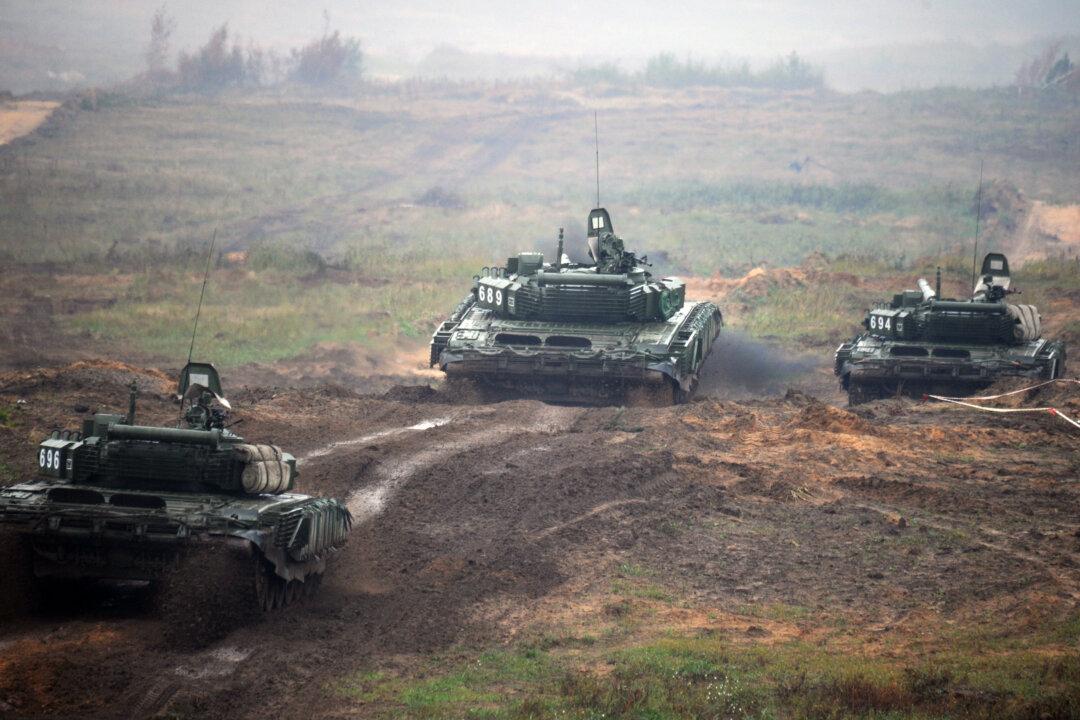Commentary
The failure of the Russians to use their most advanced tanks in Ukraine recalls critical historical lessons that apply to advanced Chinese weapon systems like their capital ships and J-20 fighter.

The failure of the Russians to use their most advanced tanks in Ukraine recalls critical historical lessons that apply to advanced Chinese weapon systems like their capital ships and J-20 fighter.